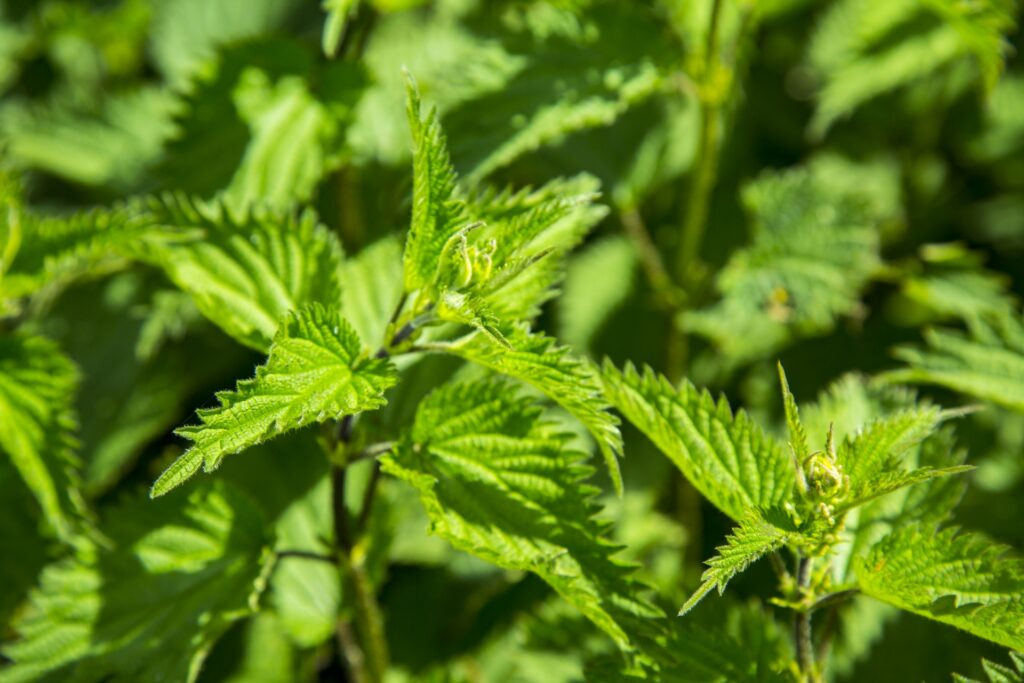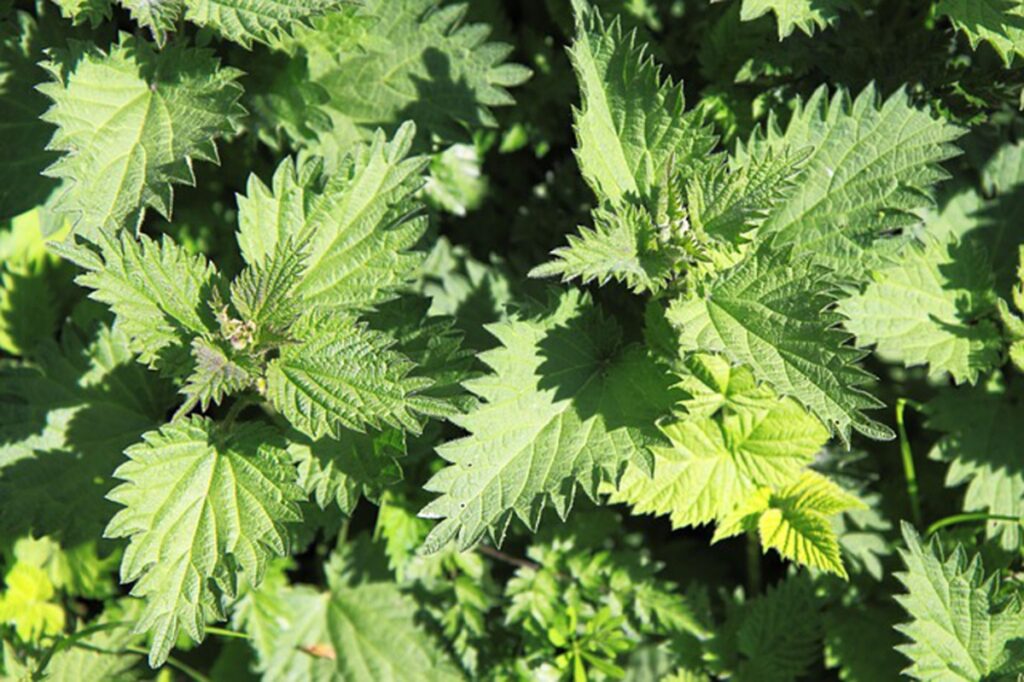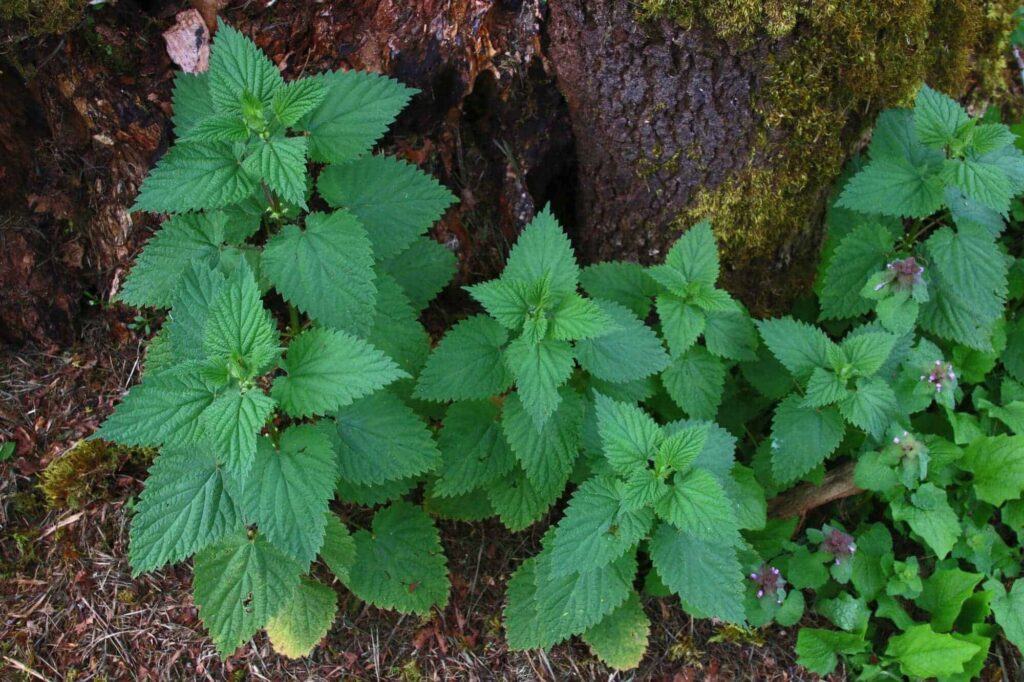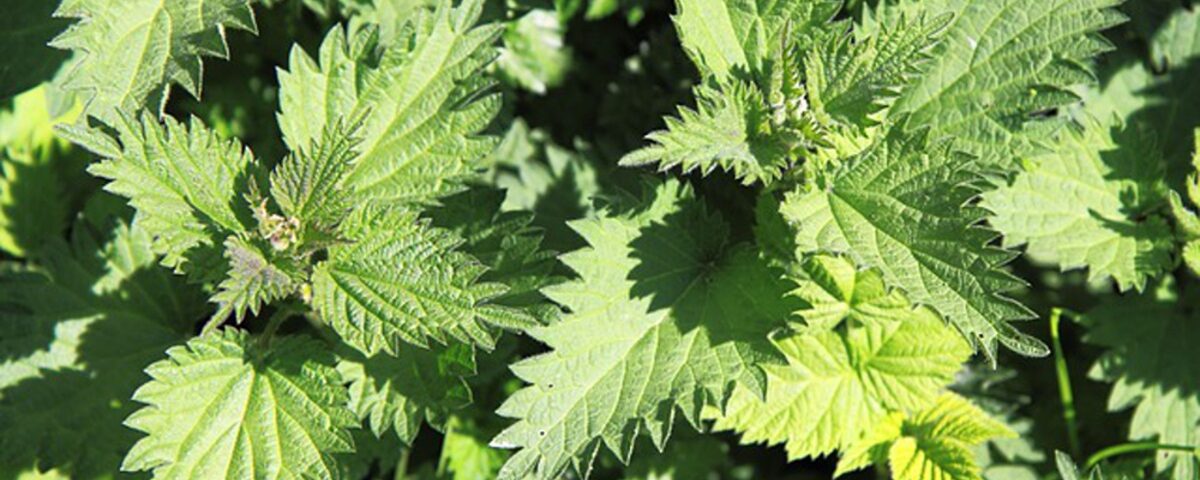Stinging Nettle (Urtica dioica) is a wild, nutritious and versatile plant that grows in many parts of the world. It has been used for food, medicine, and fiber for thousands of years. Despite its sharp, stinging hairs, stinging nettle is a valuable foraging resource. In this article, you’ll learn where to find stinging nettle, how to identify it, how to prepare it, and how to store it. You’ll also discover its historical uses and nutritional value.
Find and Identify
Stinging nettle grows in moist, shady areas, along streams and in waste places. It is a common weed in gardens and lawns, and it can also be found in woodlands and meadows. Nettle thrives in nutrient-rich soils, and it can quickly outcompete other plants. Look for stinging nettle in the spring when it is young and tender.
Stinging nettle is an herbaceous plant that can grow up to six feet tall. It has opposite, lance-shaped leaves and small greenish-white flowers that grow in clusters. The plant is covered in stinging hairs that contain histamine, which causes a painful sting when touched. To identify stinging nettle, look for the distinctive leaves, stem and hairs, and the small greenish-white flowers.
Preparation and Storage
To prepare it, you’ll need to harvest the leaves and stems when the plant is young and tender, usually in the spring. Wear gloves to protect your hands from the stinging hairs. Once harvested, you can cook or dry the nettles. To cook, blanch the nettles in boiling water for two minutes. This will remove the sting and make the nettles safe to eat. Then you can use the nettles in soups, stews, and pasta dishes, or you can puree them for a nutritious pesto. To dry, simply hang the nettles in a warm, dry place. Dried nettles can be stored for several months and used in teas or added to soups and stews.
To store it, wrap in a damp paper towel and place it in a plastic bag in the refrigerator. It will keep for up to five days. To store dried nettle, place it in an airtight container in a cool, dry place.
This amazing edible and medicinal plant has been used for thousands of years for food, medicine, and fiber. In the Middle Ages, it was used as a remedy for joint pain, and it was also used to make a type of cloth. Today, stinging nettle is used as a natural remedy for a variety of ailments, including allergies, inflammation, and arthritis. It is also a nutritious food source, high in vitamins and minerals, including iron, calcium, and vitamins A and C.
Stinging nettle is a valuable foraging resource that offers many benefits. Whether you’re looking for a nutritious food, a natural remedy, or just a fun and challenging foraging adventure, stinging nettle is worth a try.



